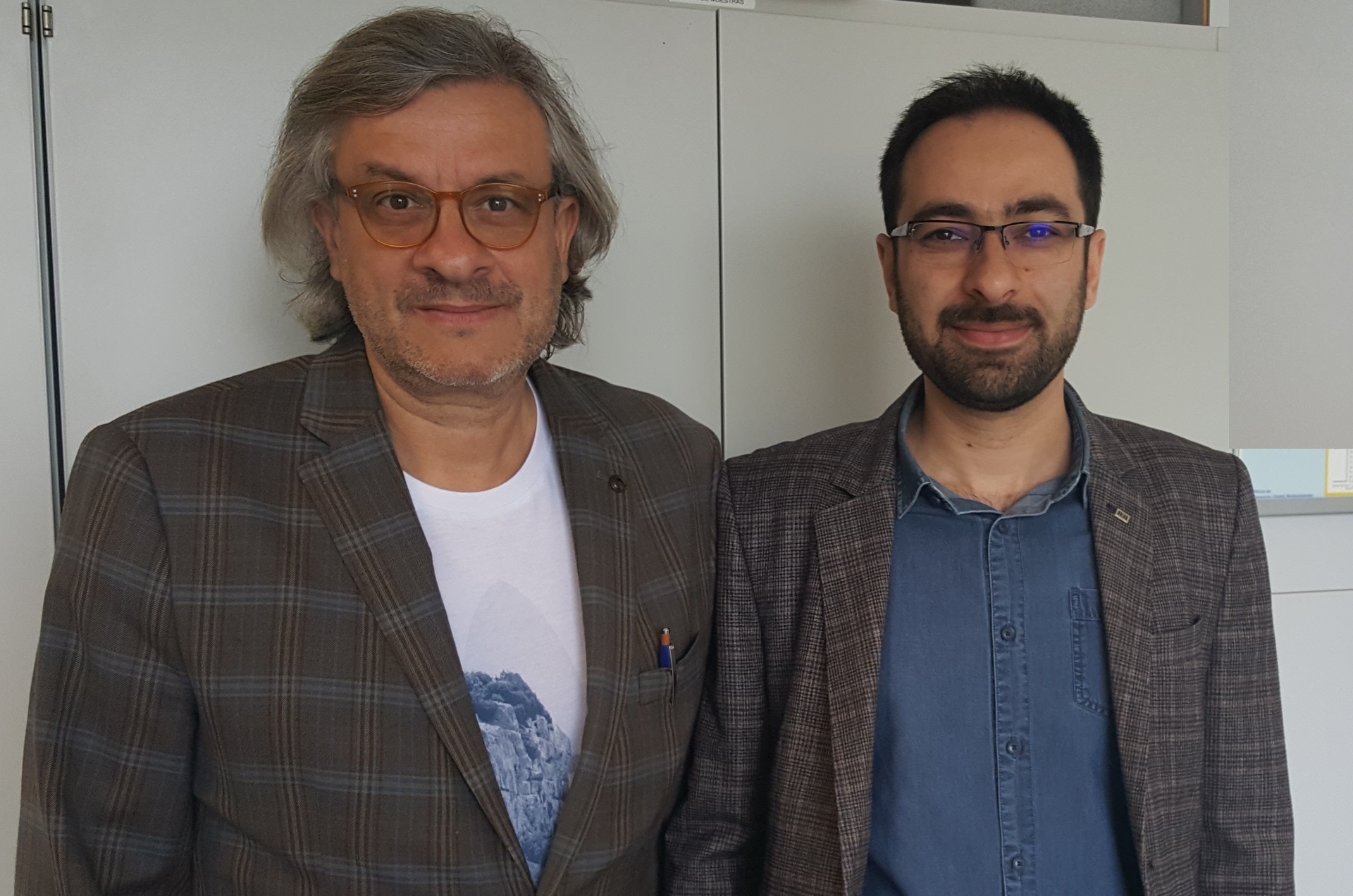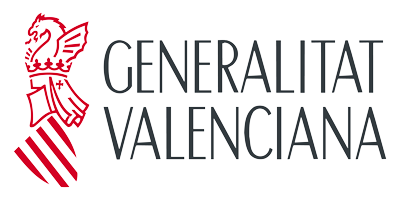Publication: Theory of Light-Modulated Emission Spectroscopy
http://pubs.acs.org/doi/full/10.1021/acs.jpclett.7b01563
Mehdi Ansari-Rad and Juan Bisquert
Department of Physics, Shahrood University of Technology, Shahrood, Iran
Institute of Advanced Materials (INAM), Universitat Jaume I, 12006 Castelló, Spain
J. Phys. Chem. Lett., 2017, 8, pp 3673–3677
DOI: 10.1021/acs.jpclett.7b01563

Physics research groups at the institute of Avdanced Materials are well known at the international level by the application of Impedance Spectroscopy method to solar cells over the last 15 years. Impedance Spectroscopy (IS) is based on a time-modulated measurement of electrical current vs. electrical voltage. Now a new idea has emerged, in the framework of long-standing cooperation between Iranian theorist Mehdi Ansari-Rad and INAM director, Juan Bisquert. The newly presented method now published in the Journal of Physical Chemistry Letters applies the same approach as old IS technique but using light as both the input and output stimulus. This is also an impedance according to the classic text by Morse and Feshbach. But it is a light-to light impedance that the authors of the paper called Light-Modulated Emission Spectroscopy (LIMES). The method is of great interest for optoelectronics, and in particular for solar cells devices of high optical quality as perovskite solar cells or those based on GaAs. The first model shows that the method is able to separate characteristics of important photonic processes, like the radiative emission time and the diffusion of photons across the sample, that would be severely entangled in time domain measurements. Importantly, in a first simple model that has been shown in the paper, the frequency modulation shows a generalization of the standard Beer Lambert law, by showing the modulation of absorption processes.






